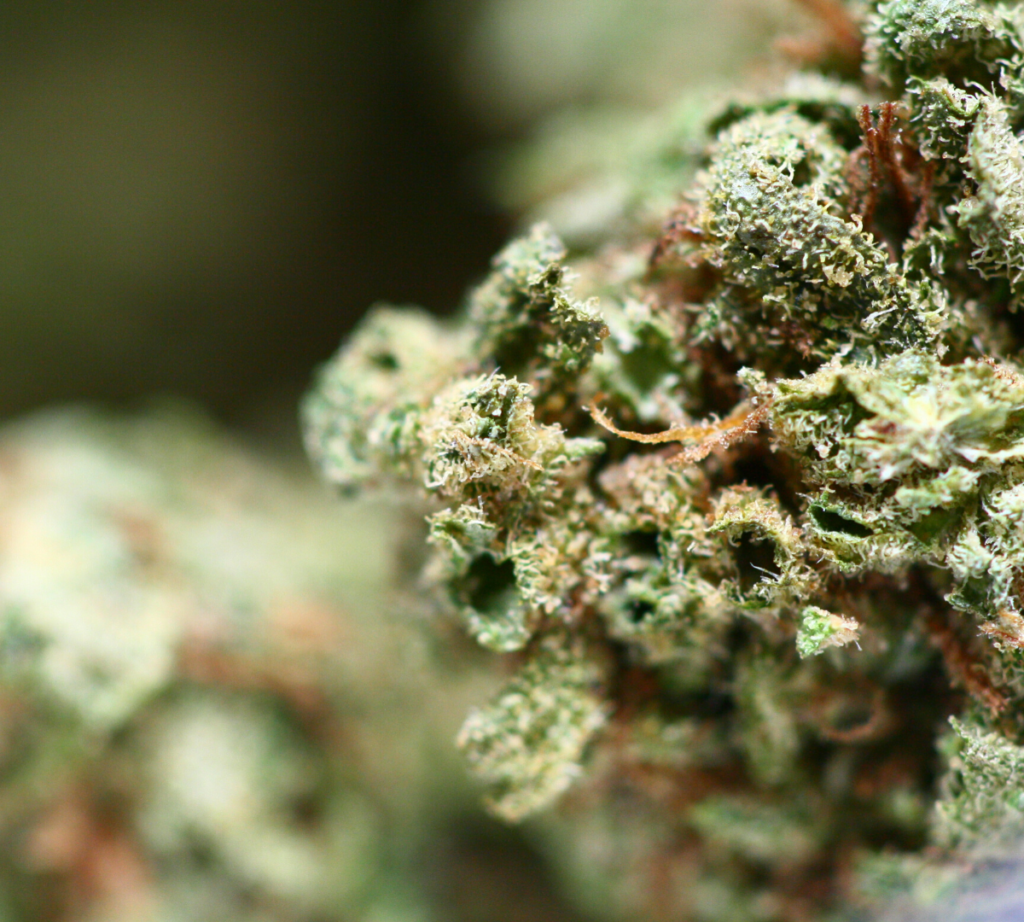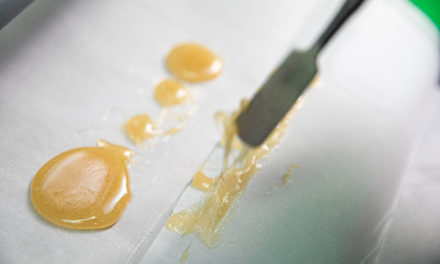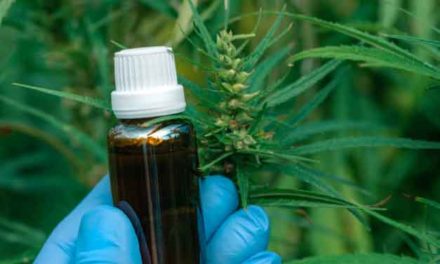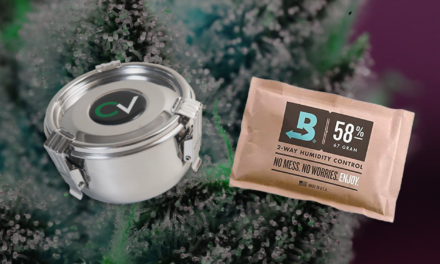As rosin makers, trichomes are literally the only part of the cannabis plant we are interested in. Therefore, it makes sense that having a thorough understanding of them would be an important factor in making quality rosin. So with that in mind, let’s explore the glandular trichomes of the cannabis plant, and how they pertain to you and your rosin making.
What are Trichomes?
Trichomes are typically fine outgrowths that are found on the surface of plants, algae and lichens. Trichomes principally exist as a defense mechanism or metabolic aid for the organisms they grow on, and they come in a bewildering number of forms. For example, the hairs on a stinging nettle are trichomes, and so too are the scales of a pineapple.
There are more than 300 types of plant trichomes alone, and they have proved tremendously useful. In fact, the majority of our natural products and many of our medicines are derived from them in one form or another, making plant trichomes one of humanity’s most valuable resources.
Glandular Trichomes
But while trichomes are prolific in the natural world, only a few select plants produce the types of trichome found in cannabis: glandular trichomes. These are resin secreting varieties, and they are responsible for all the cannabinoids, terpenoids, and flavonoids found in weed.
Cannabis trichomes also come in a number of different types that grow all over the plant’s surface, however, it’s specifically the glandular trichomes that form on the flower that we as rosin makers are interested in. Known as capitate trichomes, these come in the form of a bulbous glandular “head” attached to a thin “stalk”, and while both contain cannabinoids and terpenes, the glandular head is where the vast majority are found.
Trichomes and Cultivation
The quantity and quality of the trichomes found on cannabis is dictated by the genetics of the strain and the proficiency of its cultivation. Therefore, it is critical that your understanding and knowledge of cannabis trichomes starts with the growing of the plant, because that is where all of our precious trichomes are produced.
Cultivation is obviously a very deep subject matter in itself, and there’s far too much information to go over here, but you can check out our cannabis cultivation tips for making rosin article, which covers the subject of maximizing trichome counts in depth.
Inspecting Trichomes
Here at Rosin Tech our mantra will always be “quality in, equals quality out”, but how do you determine the quality of a given bud for rosin making? Well for starters, you need to closely examine its trichomes. Unfortunately, cannabis trichomes are too small to be inspected by the naked eye, so for this you will need at least a 10x magnifying glass. With this zoomed in view you can now judge the abundance of trichomes on one sample of bud compared to another, and that makes the job of picking the one with the most much easier.

However, it isn’t just the amount of trichomes you should be concerned with, but also their condition. Through the process of cultivating, harvesting, transportation and packaging, there’s a lot of opportunities for cannabis to be manhandled, and that’s bad news for its trichomes. Trichomes are incredibly delicate things, any rough treatment will easily rupture them, and when that happens, much of the volatile essential oils held within will oxidize away.
Therefore, it’s important to inspect the condition of the trichomes – in particular the glandular heads – to see if there is any damage. There will of course always be some amount of rupturing on all samples of bud, but being diligent by selecting the one with the least amount of damage, and highest overall quantity of trichomes, is a good rule of thumb.
Trichome Extraction
Whether it be flower rosin, dry-sift or bubble hash extraction, separating trichomes away from the plant material is the heart of concentrate making. Cannabis plant matter contains very little if any useful resin for us as rosin makers, and its presence in finished rosin massively degrades its quality. That’s why we focus on extracting the high value glandular trichomes only, because your end results will be immeasurably improved.
This is ultimately achieved with the use of micron filtering, which for flower rosin, is used at the press. Dry-sifting takes the idea one step further with an additional filtering to create a trichome rich hash for pressing, and ice water extraction has taken the principle to its zenith.
Trichome Sizes and Filtering for Quality
With ice water extraction, micron filtering is about more than just holding back plant materials. With the use of multiple graduated filters of varying sizes, it’s possible to further refine your trichomes into grades of quality, and this gives rosin makers the ability to sort the wheat from the chaff.
Fine filtering allows for the separation of low grade trichome stalks away from the high value glandular head, which further improves the resulting hashes quality. Furthermore, smaller trichome heads appear to pack more of a punch than larger ones, therefore by extracting just the cream of the crop, it’s possible to produce a hash of unparalleled quality.
Treating Trichomes With Care
With trichomes being so important and so delicate, it’s necessary to treat them with the utmost care. This can be a simple matter of handling your starting material delicately at all times.
For ice water extractors, it’s recommended to process a batch of cannabis with two gentle runs rather than one intensive one. This not only helps keep plant materials at bay, but it also ensures the delicate trichomes are not ruptured by over agitation.

Lastly, nothing destroys trichomes quite like excessive heat. That’s why it’s important that cannabis is never subjected to temperatures above 75 F at any point in its lifecycle or extraction phase. High temperatures will easily rupture the delicate trichome heads, and throw your prized terpenes and cannabinoids out the window long before they ever see a rosin press.
Hopefully, we’ve driven home the importance of trichome knowledge and care when it comes to rosin making. Understanding trichomes and knowing how best to collect and preserve them pays dividends for your final press. Because ultimately, nothing can improve your solventless rosin game better than maximizing trichome preservation.






Trackbacks/Pingbacks